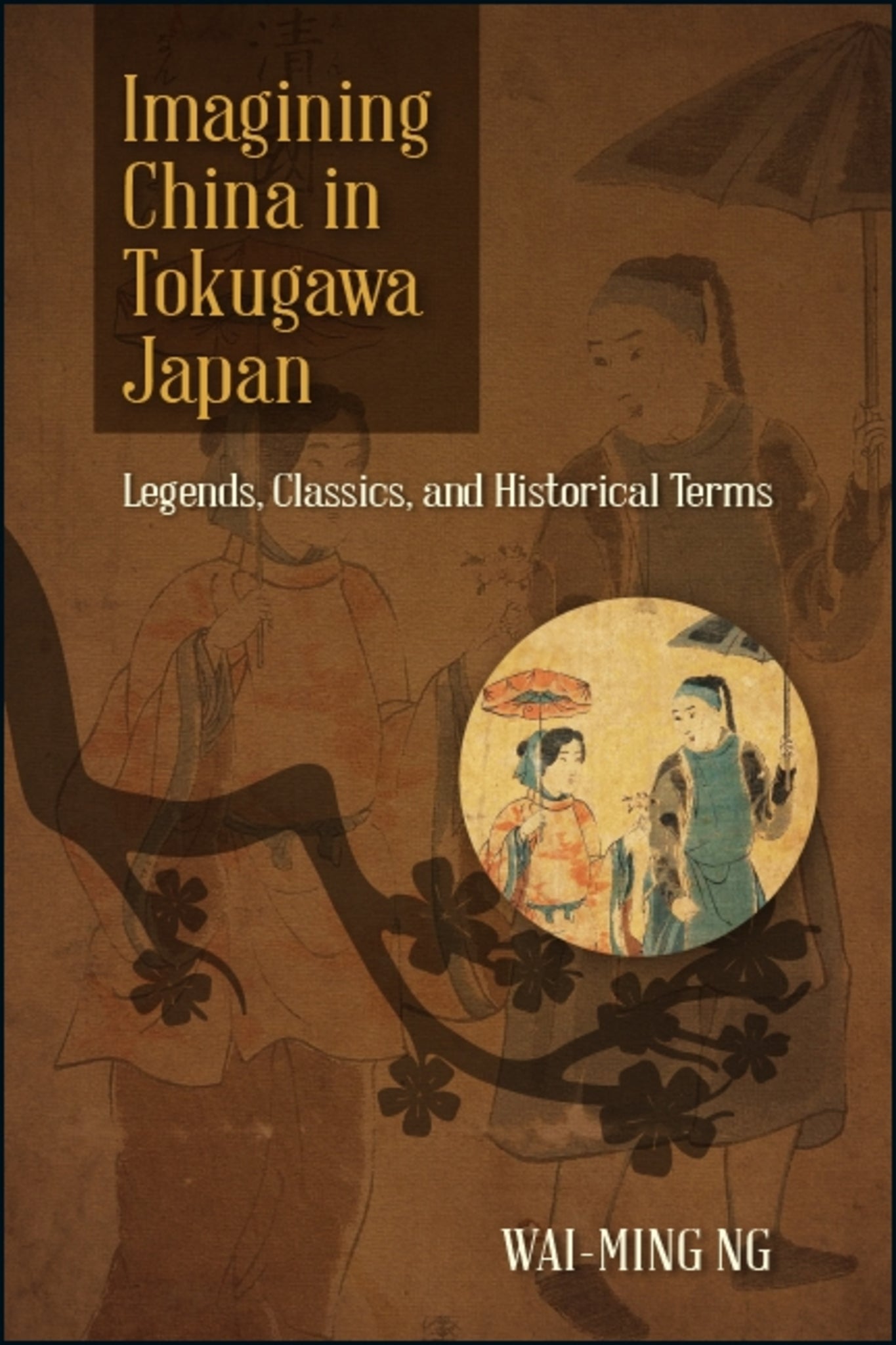We're sorry. An error has occurred
Please cancel or retry.
Imagining China in Tokugawa Japan

Some error occured while loading the Quick View. Please close the Quick View and try reloading the page.
Couldn't load pickup availability
- Format:
-
02 January 2020

Pioneering study of the localization of Chinese culture in early modern Japan, using legends, classics, and historical terms as case studies.
While current scholarship on Tokugawa Japan (1603–1868) tends to see China as either a model or "the Other," Wai-ming Ng's pioneering and ambitious study offers a new perspective by suggesting that Chinese culture also functioned as a collection of "cultural building blocks" that were selectively introduced and then modified to fit into the Japanese tradition. Chinese terms and forms survived, but the substance and the spirit were made Japanese. This borrowing of Chinese terms and forms to express Japanese ideas and feelings could result in the same things having different meanings in China and Japan, and this process can be observed in the ways in which Tokugawa Japanese reinterpreted Chinese legends, Confucian classics, and historical terms. Ng breaks down the longstanding dichotomies between model and "the other," civilization and barbarism, as well as center and periphery that have been used to define Sino-Japanese cultural exchange. He argues that Japanese culture was by no means merely an extended version of Chinese culture, and Japan's uses and interpretations of Chinese elements were not simply deviations from the original teachings. By replacing a Sinocentric perspective with a cross-cultural one, Ng's study represents a step forward in the study of Tokugawa intellectual history.


"The strength of Ng's book lies in the detailed analysis of how Chinese legends, classical treaties, and terminology were received in Japanese history. His work will be an excellent reference point for those who wish to familiarize themselves with one or more of the wide range of topics covered." — Journal of Japanese Studies
"Ng commands Chinese as well as the Japanese source material, so that the book has a valuable comparative aspect." — Journal of Chinese Studies
"What the author has done with great success is to break down the longstanding dichotomies that have been established in prior scholarship between center and margins, self and 'other,' empire and tributary states, civilization and barbarism, and so forth, treating China and Japan on equal terms. An impressive achievement." — Richard J. Smith, author of The Qing Dynasty and Traditional Chinese Culture
Acknowledgments
A Note on Romanization
Introduction: The China Factor in Tokugawa Culture
Part I. Naturalization of Chinese Legends
1. Xu Fu as Chinese Migrant
2. Yang Guifei as Shinto Deity
3. Wu Taibo as Imperial Ancestor
Part II. Appropriation of Confucian Classics
4. The Mencius and Politics
5. The Xiaojing and Ethics
6. The Yijing and Shinto
Part III. Redefinition of Historical Terms
7. Names for China
8. Bakufu and Shōgun
9. Redefining Legitimacy
Epilogue
Notes
Bibliography
Index



